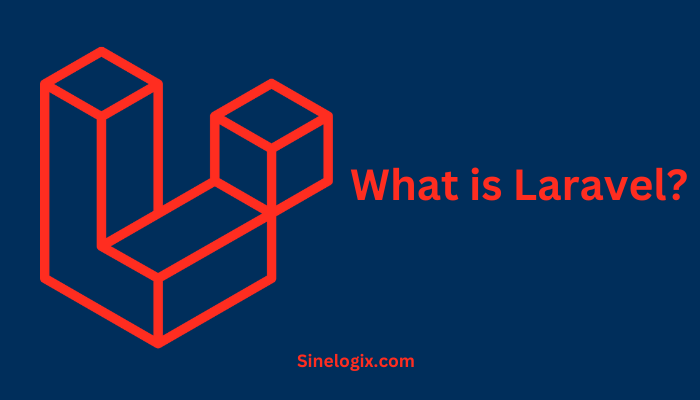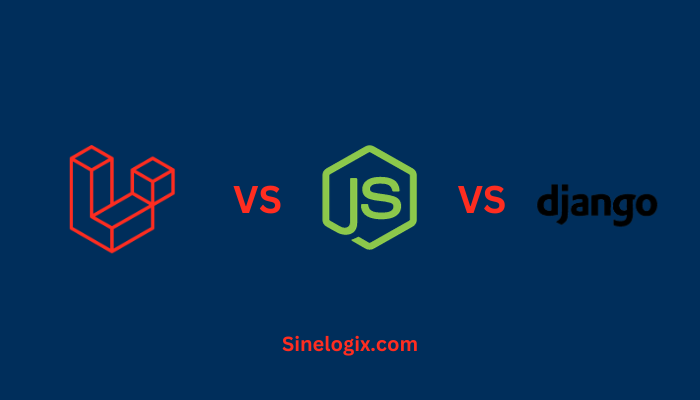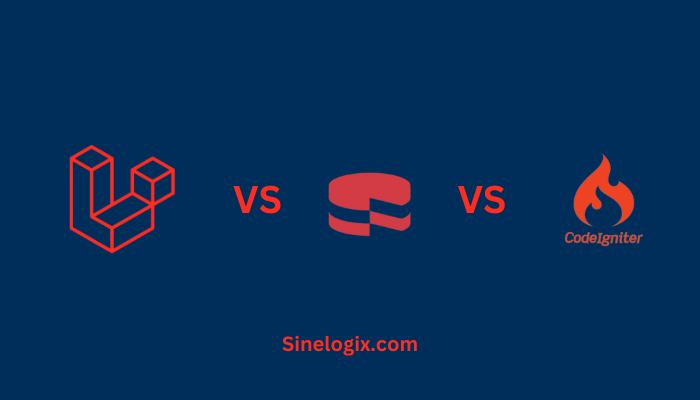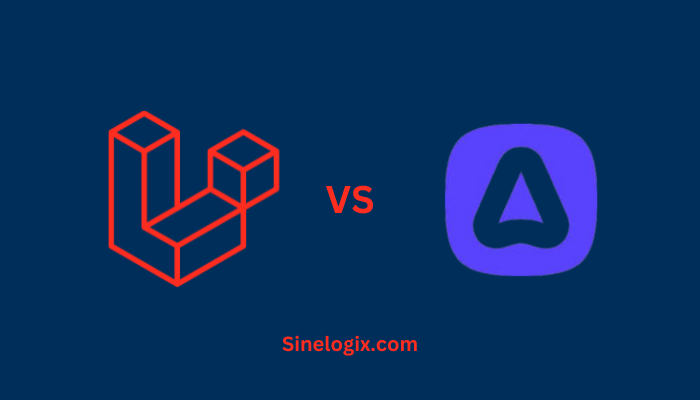In the ever-evolving landscape of web development, having the right tools at your disposal can make all the difference.
Laravel, a PHP framework, has emerged as a powerful and elegant choice for building web applications.
Created by Taylor Otwell and first released in 2011, Laravel has evolved over the years into a robust and developer-friendly framework that simplifies the web development process.
What is Laravel?
Laravel is an open-source PHP web application framework that prioritizes developer friendliness, expressive syntax, and elegant coding techniques.
It’s designed to make common web development tasks, such as routing, authentication, caching, and database manipulation, easier and more efficient.
Laravel’s clean and readable codebase, along with a rich set of features, has made it a popular choice among developers worldwide.
Key Features of Laravel
Eloquent ORM: Laravel’s Eloquent ORM (Object-Relational Mapping) simplifies database operations. With Eloquent, you can interact with your database using intuitive and expressive PHP syntax, eliminating the need for complex SQL queries.
Blade Templating: Blade is Laravel’s elegant templating engine. It provides a simple yet powerful way to create dynamic views and layouts. Blade templates are easy to learn and allow you to create reusable components.
Artisan Console: Laravel comes with a powerful command-line tool called Artisan. With Artisan, you can automate various development tasks, such as generating code, managing database migrations, and running tests.
Authentication and Authorization: Laravel provides built-in tools for user authentication and authorization. You can easily configure authentication systems, define access control rules, and secure your application with just a few lines of code.
Middleware: Middleware in Laravel is responsible for handling HTTP requests entering your application. It’s a powerful way to filter and modify incoming requests before they reach your application’s core logic.
Routing: Laravel offers a flexible and intuitive routing system that allows you to define application routes using a clean and expressive syntax. You can create RESTful APIs and user-friendly URLs effortlessly.
Security: Laravel takes security seriously. It includes features like CSRF protection, encryption, password hashing, and more to ensure your application is protected against common security threats.
Community and Packages: Laravel has a thriving community of developers who contribute to its ecosystem. You can find a wide range of packages, libraries, and extensions that extend Laravel’s capabilities, making it even more versatile.
Also Read:
- Laravel Advantages
- Laravel for eCommerce
- Is Laravel Good For Big Projects?
- Laravel Development Services
- Why Laravel is Better than Other Frameworks?
Laravel Ecosystem
While Laravel itself is a powerful framework, it’s just one piece of the Laravel ecosystem. Here are some key components:
Laravel Mix: Laravel Mix is an asset compilation tool that simplifies asset management and allows you to compile and minify CSS and JavaScript files effortlessly.
Lumen: Lumen is a micro-framework by Laravel, designed for building fast and efficient APIs. It retains the core features of Laravel but is optimized for speed and simplicity.
Nova: Laravel Nova is an administration panel that helps you manage your application’s data and resources easily. It’s highly customizable and provides a sleek interface for managing content.
Dusk: Laravel Dusk is a browser automation and testing tool. It allows you to write tests that interact with your application’s user interface just like a real user would.
Horizon: Laravel Horizon is a dashboard for monitoring and managing Redis queues. It provides insights into queue performance and allows you to manage failed jobs efficiently.
Who Should Use Laravel?
Laravel is a versatile framework suitable for a wide range of web development projects. It’s particularly well-suited for:
Web Developers: Laravel’s developer-friendly features make it an excellent choice for both experienced developers and those new to web development.
Startups: Rapid development and a rich ecosystem of packages can help startups get their products to market quickly.
Enterprise: Laravel’s security and scalability features make it a solid choice for large-scale enterprise applications.
Content Management Systems (CMS): Laravel can power CMS platforms with ease, allowing for easy content management and customization.
E-commerce: Laravel can be used to build robust and secure e-commerce platforms.
Getting Started with Laravel
Before diving into Laravel, you’ll need to set up a development environment. Here’s a step-by-step guide:
Install PHP: Ensure you have PHP installed on your system. Laravel requires PHP 7.3 or higher.
Install Composer: Composer is a PHP dependency manager. You’ll need it to install Laravel and its dependencies. Install it from getcomposer.org.
Install Laravel: Use Composer to create a new Laravel project by running composer create-project –prefer-dist laravel/laravel project-name.
Configuration: Laravel’s configuration files are located in the config directory. You can configure settings such as database connections, mail services, and more here.
Routing: Define your application’s routes in the routes/web.php file.
Views: Create your application’s views using Blade templating in the resources/views directory.
Controllers: Write controllers to handle your application’s logic. Place them in the app/Http/Controllers directory.
Models: Define Eloquent models to interact with your database. Place them in the app directory.
Migrations: Use Artisan to generate and run database migrations. This helps you define your database schema.
Authentication: Laravel provides built-in authentication scaffolding. You can configure it to suit your needs.
Laravel Community and Resources
The Laravel community is vibrant and supportive. To continue your Laravel journey, here are some valuable resources:
Official Documentation: The official Laravel documentation at laravel.com/docs is a treasure trove of information.
Laravel Forums: The Laravel community forums at laracasts.com/discuss are a great place to seek help and share knowledge.
Laracasts: Laracasts offers video tutorials on Laravel and related topics. Find them at laracasts.com.
Books and Courses: There are many books and online courses available that cover Laravel in depth. Check out platforms like Udemy, Coursera, and Packt for options.
Social Media and Conferences: Follow Laravel-related hashtags on social media platforms like Twitter, and consider attending Laravel conferences to stay updated with the latest developments.
Case Studies and Success Stories
Laravel has been used successfully in numerous projects across various industries. Here are a few notable examples:
Laravel’s Use in Enterprise: Many large enterprises like Toyota and 20th Century Fox have used Laravel for their web applications.
SaaS Products: Platforms like Buffer and SparkPost have built their SaaS products using Laravel.
E-commerce: Laravel powers e-commerce websites like Laravel Shop and Bagisto.
Conclusion
Laravel is more than just a PHP framework; it’s a powerful tool that empowers developers to build efficient and elegant web applications.
With its rich feature set, active community, and ecosystem of tools, Laravel is a wise choice for developers of all levels.
Whether you’re starting a new project or looking to upgrade an existing one, consider Laravel for a modern and enjoyable web development experience.




